
To The SUMMIT
First I will be climbing Cho Oyu, the 6th highest in the world at 8201m with a team of clients from Adventure Alternative.This will be in April. I have five people on my team plus my co-guide Steve Pinfield and a Sherpa called Pasang Tendi. I then plan to walk to Mt Everest and ascend by th e north face and the northeast ridge to the summit, hopefully without any camps on the mountain, but carrying a small tent. I will then attempt to come down the south east ridge to the south col and back to Base Camp in Nepal on the normal route. This traverse will take an estimated 55 to 60 hours and the summit period may be between My 16th and 28th. A substantial issue will be the weather, since clear summit conditions rarely occur on both sides of the mountain at the same time.
e north face and the northeast ridge to the summit, hopefully without any camps on the mountain, but carrying a small tent. I will then attempt to come down the south east ridge to the south col and back to Base Camp in Nepal on the normal route. This traverse will take an estimated 55 to 60 hours and the summit period may be between My 16th and 28th. A substantial issue will be the weather, since clear summit conditions rarely occur on both sides of the mountain at the same time.
There are many unknowns for such an expedition, and I hope to have the stamina to complete it, although I will be carrying a lightweight single-skin tent with a small stove, a bivi bag and some  essentials in my rucksack. I believe my previous three expeditions, and the 2005 climb without bottled oxygen in one push from camp 2, will stand me in good stead.
essentials in my rucksack. I believe my previous three expeditions, and the 2005 climb without bottled oxygen in one push from camp 2, will stand me in good stead.
If I cannot manage the traverse then I will come down from the north side and circle round to Nepal by vehicle and climb the mountain by the SE Ridge route. I will have with me a 'shadow', a Nepalese Sherpa called Pasang Tendi who will follow me and help me if I collapse or need assistance. He will be using oxygen but he will not be carrying any of my equipment.
For me, high altitude climbing is about the aesthetic of climbing high with less. Clearly Messner, Scott, Boukreev and Loretan have set high precedents, and I fully concur with them that the purity of movement without the support of siege tactics is preferable. I think it is only possible to truly understand what it means to climb big mountains when you have to make your own decisions and unclip from the fixed line.
Personally I enjoy the feeling of being in a place where mind exists over matter, and success is largely down to the force of one's will power in overcoming physical frailty and fear. There is liberation in it, and not only from being so high that you feel disconnected to the world below. I enjoy the simplicity of life up there, where the decisions and consequences are so clear-cut, and where survival is down to ones own resources as a human being.
Principally, I am doing this to raise money for the charity that I founded called Moving Mountains which is doing very well these days but needs continual support. We have built schools and hospitals and community centres in Kenya, a monastery and hydro-electric project in Nepal, and we support many hundreds of children and their families in deprived circumstances. I've worked and lived in slum areas for much of my adult life so I have strong principles about how to make aid work. I have worked with street kids for so long now, but I have never forgetten that however much I may have helped them, their influence on me has been inspirational.
 e north face and the northeast ridge to the summit, hopefully without any camps on the mountain, but carrying a small tent. I will then attempt to come down the south
e north face and the northeast ridge to the summit, hopefully without any camps on the mountain, but carrying a small tent. I will then attempt to come down the south 


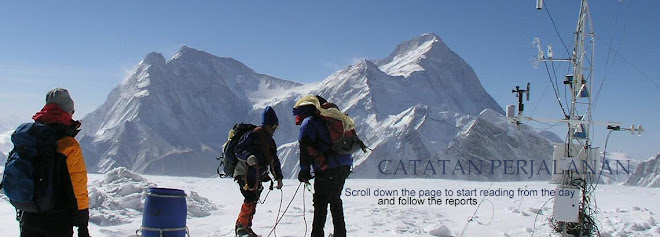





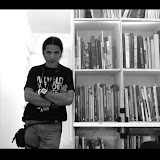
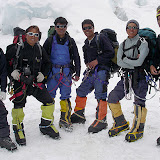
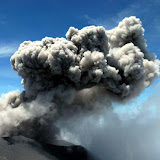
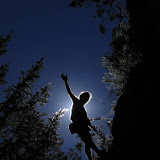
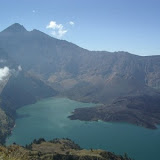





No comments:
Post a Comment